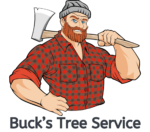Maintaining the well-being and aesthetics of trees is a primary concern for arborists. To achieve this objective, tree trimming is a vital activity that cannot be overlooked. The process entails excising damaged, infected, or dead branches or limbs, alongside pruning activities safeguarding healthy growth and structural integrity.
In the ensuing sections, this article will delineate the importance of tree trimming and offer tips on successful execution.
Why is Tree Trimming Important?
Trimming trees is crucial for various reasons. It keeps them healthy, improves their appearance, and prevents potential hazards. Without trimming, trees may suffer from disease or insect infestation, which can be harmful to the environment. Regular trimming also ensures that trees do not grow too close to structures and power lines, preventing property damage or dangerous electrical issues. Overall, proper tree trimming is essential for maintaining a beautiful and safe outdoor space.
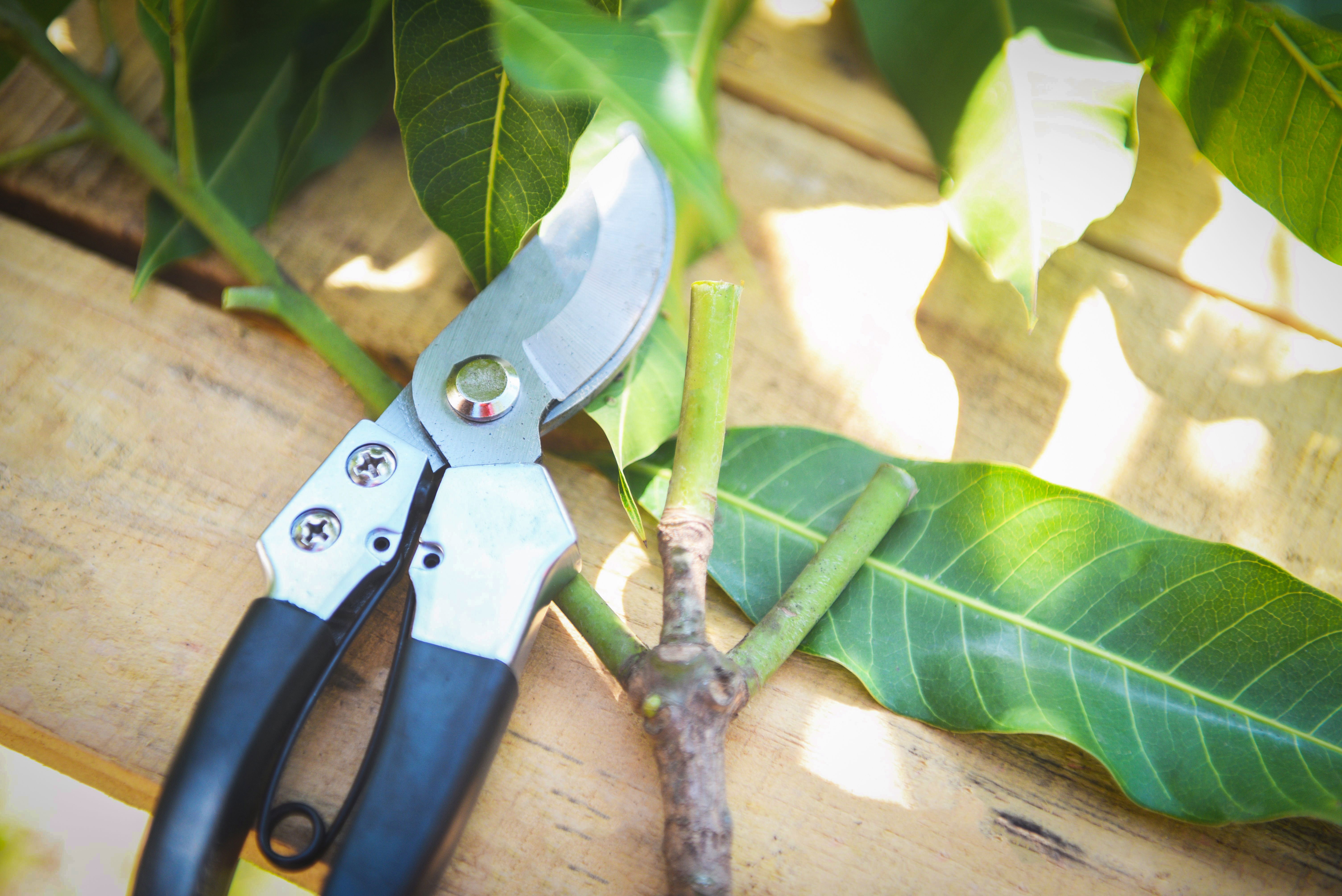
Removing dead, diseased, or damaged branches is crucial for maintaining the health of your trees. This is because these branches become a breeding ground for insects and diseases that can spread throughout the whole tree, potentially ending its life. By getting rid of these troublesome branches you can help limit the widening of infections and maintain top-quality trees that will thrive.
Tree trimming is crucial for safety, as falling branches can be a significant risk to both people and property. Regularly trimming trees can prevent these accidents from happening. Don’t forget that dead or damaged branches can fall unexpectedly at any time, making it imperative to keep trees maintained.
Promoting healthy growth while also creating a more visually appealing shape, tree trimming is an effective way to improve the appearance of your trees. By taking out any overgrown or unshapely branches, the overall look of your trees can become more aesthetically pleasing.
When to Trim Your Trees
Your trees may need trimming, but figuring out when to do it can be a challenge. Start by inspecting them, looking for dead or diseased branches, or branches that are about to cross. Don’t try to do this yourself if the branches are high up. Instead, call in a professional arborist. During fall and winter when trees are dormant, it’s best to trim them back. Avoid trimming in the spring since this is when trees start to bloom and grow new leaves. Whatever month you choose, make sure not to trim them too late or too early. If the tree is showing signs of stress or is experiencing drought conditions, hold off trimming it altogether.
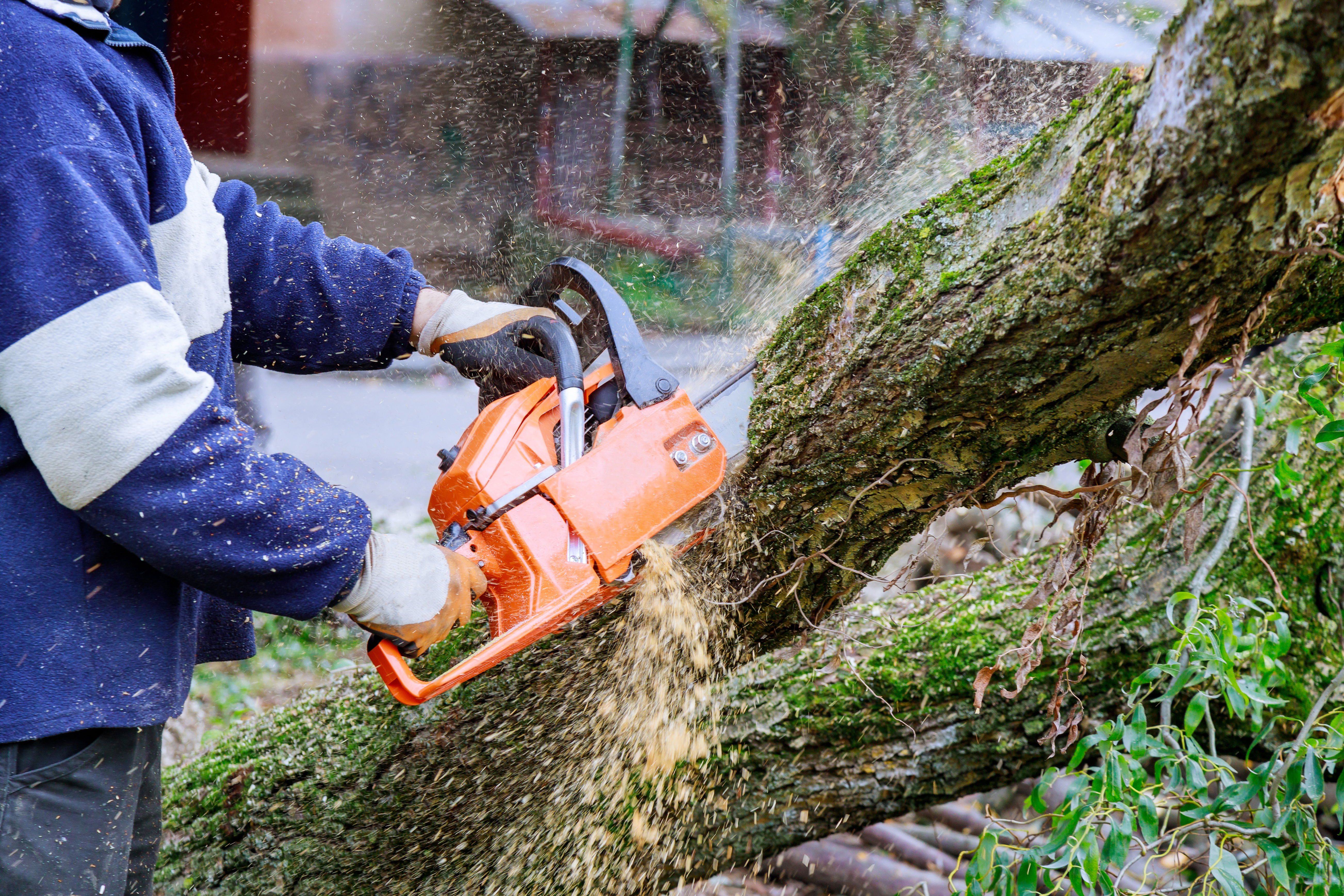
During the dormant season, your trees should undergo trimming to prevent any harm that could be caused out of season, as it could lead to serious damage or death. Most trees are best trimmed in the winter months, when the tree’s growth is at a standstill, and they can be pruned without interruption.
If you’re considering trimming your trees, keep in mind that certain species like oak and maple are prone to disease if pruned in winter. It’s advisable to wait until summer when they are flourishing and cut them then.
DIY Tree Trimming
To make certain your trees remain healthy and unharmed, there are a few crucial rules to abide by while trimming.
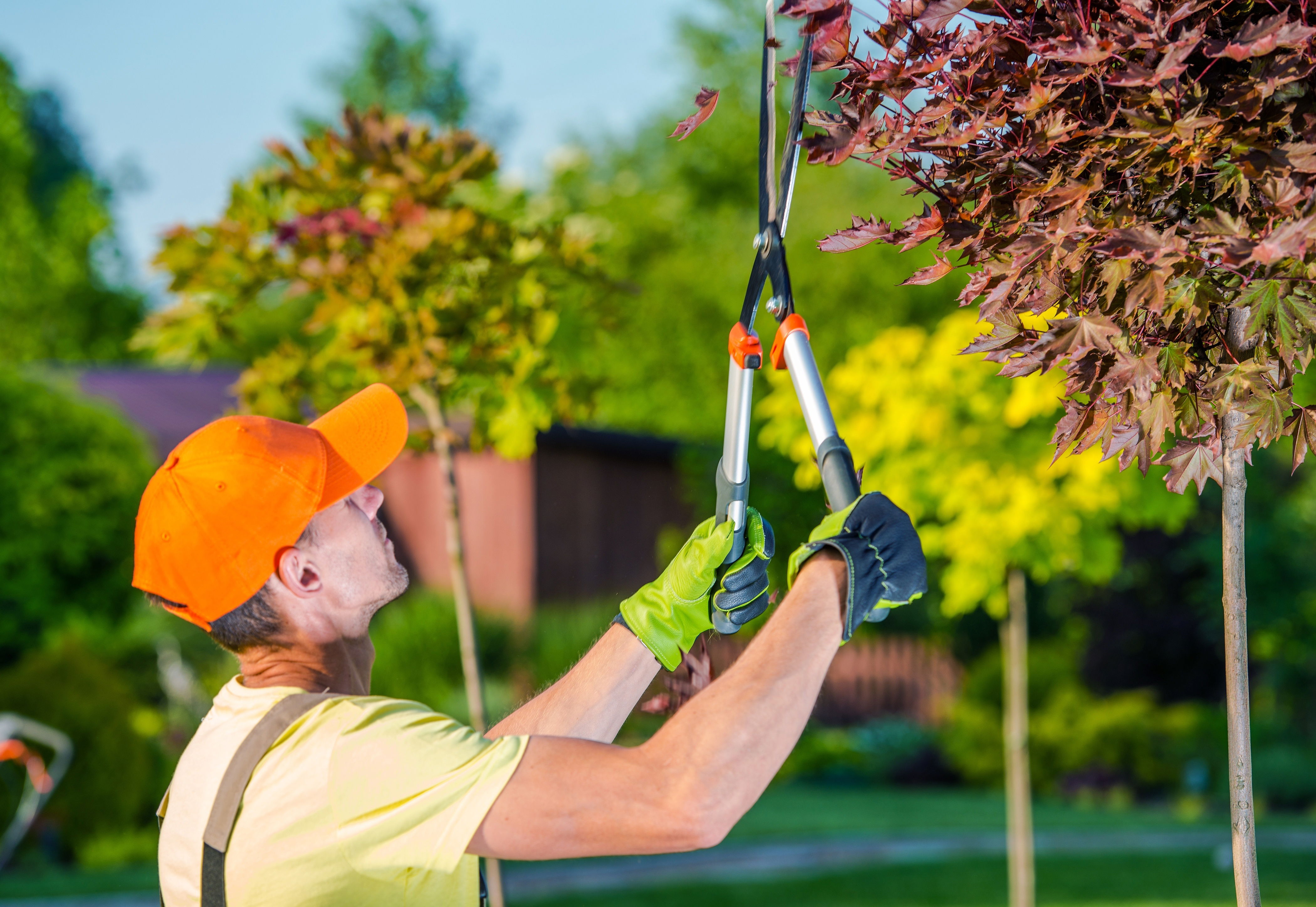
Tools are crucial: for the sake of the tree’s health and to prevent disease, it’s important to make clean cuts with sharp, clean loppers, pruning shears, or a pruning saw. Avoid using dirty or dull tools as they can damage the tree.
Remove branches on the right side by getting rid of those that are diseased, damaged, or dead. Additionally, cut off branches that overlap or rub against each other. Make sure to eliminate any branches that grow too close to the trunk.
Stressing the tree and increasing the likelihood of disease and pests, removing more than a quarter of the crown in a year is not advised.
Promote healing and prevent infections by correctly cutting: Make your cuts outside the branch collar, at a 45-degree angle.
Hiring a Professional Arborist
Often, homeowners may consider tackling the task of tree trimming on their own. However, it’s wise to hire a specialized arborist instead, as they possess the expertise and experience to trim trees safely and effectively without causing damage. Equipped with the right tools and equipment, they can perform the job in a secure and efficient manner.
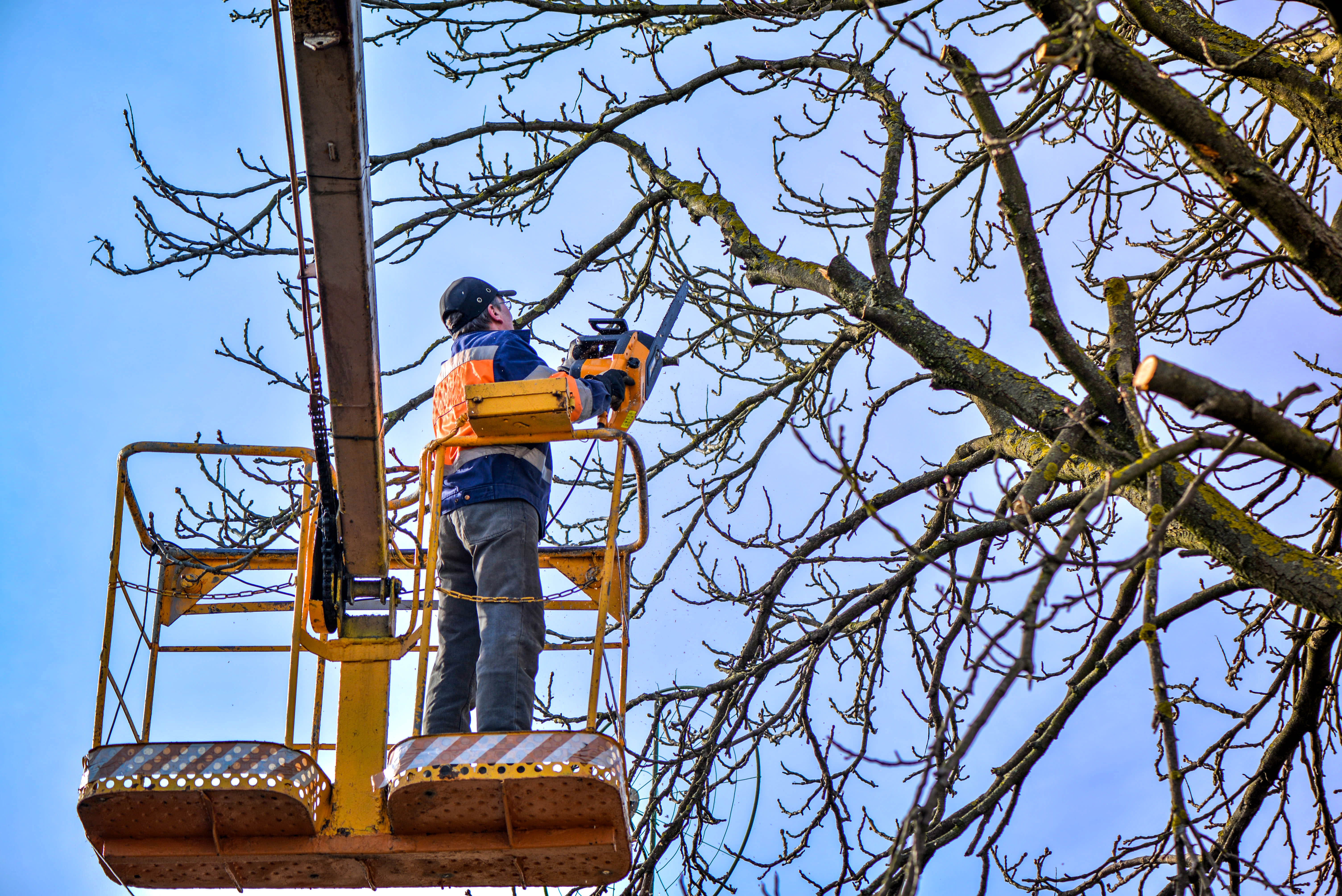
When seeking out the services of an arborist, it is highly beneficial to verify their licensing and insurance. Additionally, you can check out their Google Business profile to see their recent reviews. It is recommended to choose an arborist who is willing to provide a detailed, written estimation of task specifics and is open to addressing any inquiries you may have.
Conclusion
By trimming trees, you can promote healthy growth and prevent disease spread, making it an important aspect of tree maintenance. The removal of abridged or diseased branches can also enhance the appearance of the trees and avert accidents from happening. This makes tree trimming an essential routine to keep your trees healthy and beautiful.
Contact us today for an estimate to have your trees trimmed by our ISA certified professionals.
